In recent years, we had to contend with haze and its associated health risks. Unfortunately, many people fail to realise that air pollution is not limited to the haze outdoors, but can also occur indoors. Indoor air quality (IAQ) relates directly to the air quality that is within any building such as your home, and it has an impact on your health and comfort. Just as haze can adversely affect health, poor IAQ in homes also poses a health risk to you and your family.
Short-term health effects include headaches, fatigue, nausea, and eyes, nose, and throat irritation, while long-term health effects may only become apparent after frequent or prolonged periods of exposure. Health risks include respiratory diseases, heart disease, or cancer. Thus it is critical to ensure that there are no pollutants that may cause poor IAQ, in your home as children are the most vulnerable group.
Did you know?
A survey in the US revealed that most people spent 68.7% of their time inside their homes, as opposed to only 7.6% of their time spent outdoors. However, another survey in Canada showed that this figure is also influenced by age, with infants spending an average of 89.2% of their time indoors at home, 74% for toddlers (1-4 years), and 71.3%- 69.5% for children (5-19 years).
Not to be sneezed at
The most effective method to ensure good IAQ is to reduce indoor air pollution by eliminating the source. Some common sources are cigarette smoke and biological air pollutants such as mould, animal dander, cockroaches, and dust mites. Chemical pollutants or volatile organic compounds (VOCs) are the result of organic chemicals (such as formaldehyde), turning into vapour or gas at room temperature. The following products may be a source of VOCs:
- wood furniture and wood-based furniture (made from plywood, particleboard or MDF)
- subflooring, wall or ceiling panelling, and laminated flooring
- permanent press fabric, draperies, and mattress ticking
- glues and adhesives, caulks and sealants
- paints (with high VOC)
- pesticides
- detergents
Checking IAQ
You can check your home for signs of possible IAQ problems yourself for the following:
- Unusual odours
- Stale or stuffy air
- Dirty air conditioners (open it up to check the filter condition)
- Rooms or places that have excessive humidity, condensation, or water leaks or spills
- Presence of mould or fungal growth where there should be none (e.g. under or behind the sink in the bathroom)
Signs of poor IAQ in infants/toddlers
Stay alert for these signs:
- Irritated eyes (his eyes may tear up or he may rub his eyes for no reason), nose or throat (he may sneeze or cough for no apparent reason)
- Trouble breathing (his breathing may come in gasps or he may be wheezing)
- Running nose (nasal irritation may lead to excessive mucous discharge)
If you see any of these signs, immediately move your child to another part of your home and check to ensure that these signs do not continue. Alternatively, you can take him out for some fresh air provided there is no haze. If your toddler has started to talk, don’t dismiss it if he complains of ‘bad’ smells as this could relate to bad IAQ.
Improving IAQ
Be proactive and take the necessary steps to improve the IAQ in your home. Here are some simple steps:
- Limit pollution sources: take extra care when using products that release any pollutants such as VOCs. For example, ensure sufficient ventilation when painting walls and continue doing so until the paint has fully dried and the smell is gone. Alternatively, opt for paint products that are low in VOCs or are free from ammonia and formaldehyde.
- No-smoking in the house: numerous studies have shown that cigarette smoke is a highly toxic mixture of many types of chemicals and pollutants that are bad for health. In addition to second-hand smoke, there is the added danger of third-hand smoke, which is caused by the residue of cigarette smoke that adheres to any surface, e.g. walls, floors, clothes, or skin.
- Air your home: getting fresh air in will help to flush out any air pollutants that may be present or accumulating in your home. Just open your windows or turn on the exhaust fan if the room is equipped with one, while leaving the door/window open to facilitate ventilation. However, avoid doing this during haze!
- Clean & change filters regularly: Air conditioners and air purifiers come equipped with air filters that trap dust and other air pollutants. Thus, it is important that these filters are cleaned or changed regularly. The frequency to change filters may differ between products. Write down the installation date and the next change date on a label and stick on the equipment itself.
- Beware of ‘dirt’ traps: carpets, rugs, floor mats, runners, cushions, sofa covers, and bed sheets can trap dirt or dust. The frequency you should clean them will depend upon how often they are used, e.g. wash bed sheets weekly and wash sofa covers monthly.
- Control humidity: High humidity is undesirable, as it will encourage mould or fungus growth. Install an exhaust fan to control bathroom humidity. Mop any spills immediately to prevent water seeping into cracks in tiles or flooring and pooling there. Using air conditioners in rooms also limits humidity.
- Keep floors & walls clean: This will help get rid of excess dirt or dust which may carry surface pollutants such as viruses or bacteria. As dust is very light, it can easily become airborne and be inhaled. The frequency to clean will be largely dependent on how dirty your house gets. For instance, if you have a small family and no pets, you can probably get away with cleaning once a week.
Stay alert for signs of IAQ problems, especially with infants or toddlers as they cannot tell you if they have any respiratory difficulties. Moreover, they are especially susceptible to small amounts of air pollutants due to their smaller size. The amount of exposure that would trigger the same response in you would likely be far higher, unless you are sensitive to a particular air pollutant. Do not to take clean air for granted, as it is a crucial factor for good health for your children and yourself.
An educational contribution by Malaysian Paediatric Association


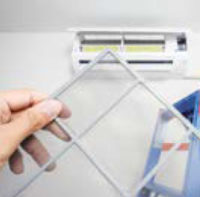
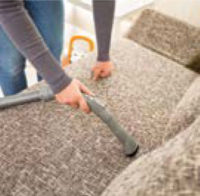

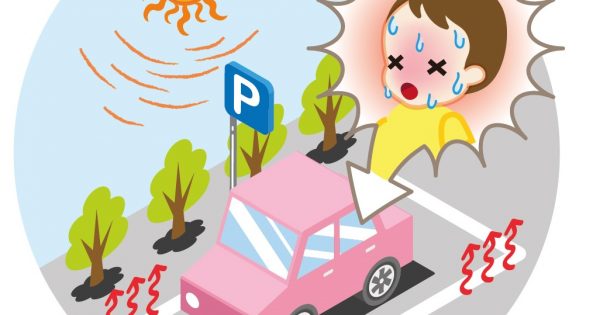
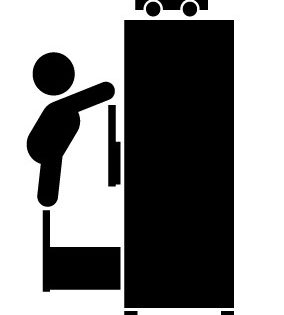
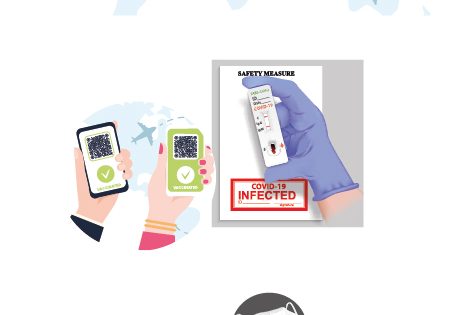

Comments